Manuel Mathieu is one of a growing number of contemporary artists who explore the boundary between the abstract and the figurative. Though work by the Haitian-born Canadian artist evades representational meaning, his island heritage is evident in elements of his ceramic works and installations: shell-like structures recur in his sculptures, while watery whorls and washes characterise his canvases. A series of new paintings and a site-specific fabric installation by the artist are now on display in ‘Manuel Mathieu: The End of Figuration’ at the De La Warr Pavilion in Bexhill-on-Sea (until 27 May).
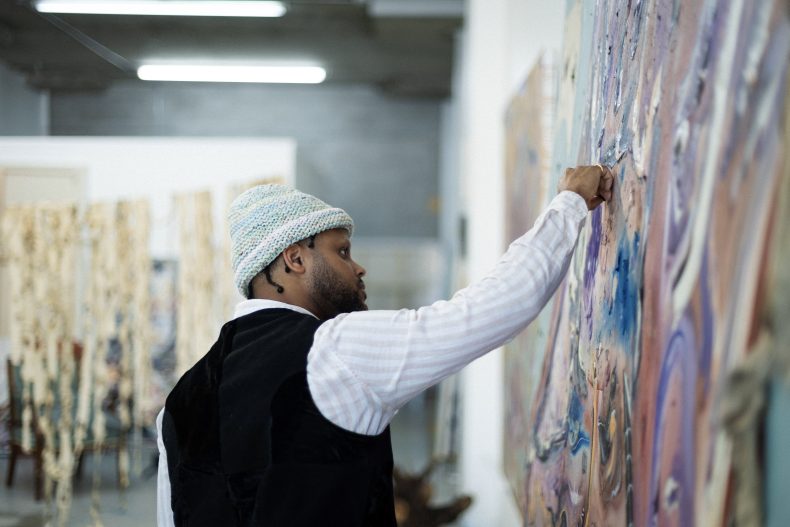
Manuel Mathieu at work. Photo: © Jeanne Tétrault
Where is your studio?
In Montreal. I have two studios: one for painting and one for ceramics, though the latter isn’t a studio as such – it’s a facility where several people create ceramic works.
What is the atmosphere like in both spaces?
My painting studio is more like a personal space, where I can go on a solitary kind of journey with my tubes, my canvases and my books. The ceramics studio is more like a communal space. It’s where I go to do something, while the painting studio is where I nurture and cultivate myself. It’s more homely; I drink a lot of tea there. My painting studio is a better reflection of my mind. It’s a space where I can seek and find moments of silence.
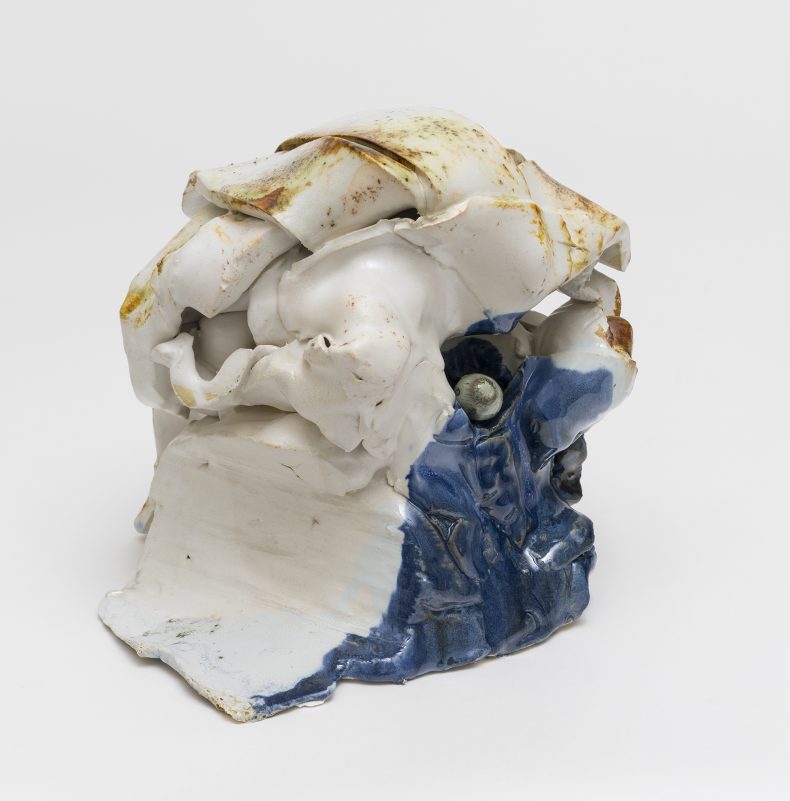
Thinking with the Figure 2 (2022), Manuel Mathieu. Courtesy the artist and Pilar Corrias, London
Does anything frustrate you about your space?
If anything frustrates me, it’s everything outside my studio. My work is how I balance myself internally. Yes, there are challenges, the kind of challenges every artist faces when they go into a studio and try to do something real and exceptional. The frustration that comes from the work is part of the work.
Sometimes when I get to the studio I’m frustrated about certain things, but in the process of making the work I try not deal too much with my emotions: they can easily become a distraction. I need to be focused, I need to be present and on point. That’s what my work does to me. But it’s paradoxical: in the moment, I feel like my work intensifies my presence, but when the work is done and I look at the painting or the object, it reminds me of my mortality – these things will outlive me.
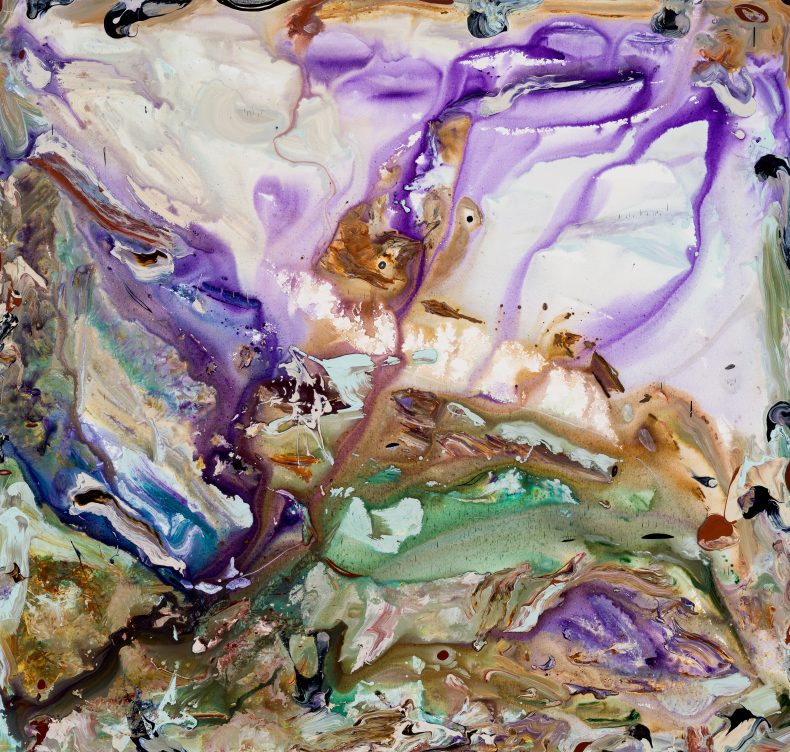
Unmade (2022), Manuel Mathieu. Courtesy the artist and Pilar Corrias, London
Do you ever play music – or listen to anything – while you work?
I do listen to music, but only as a starting point, as a kind of introduction to a state of mind. Silence is very important. But silence is not necessarily tied to [a lack of] noise; you can have music and still be in silence. Your mind is not ruminating on anything, it’s kind of just present.
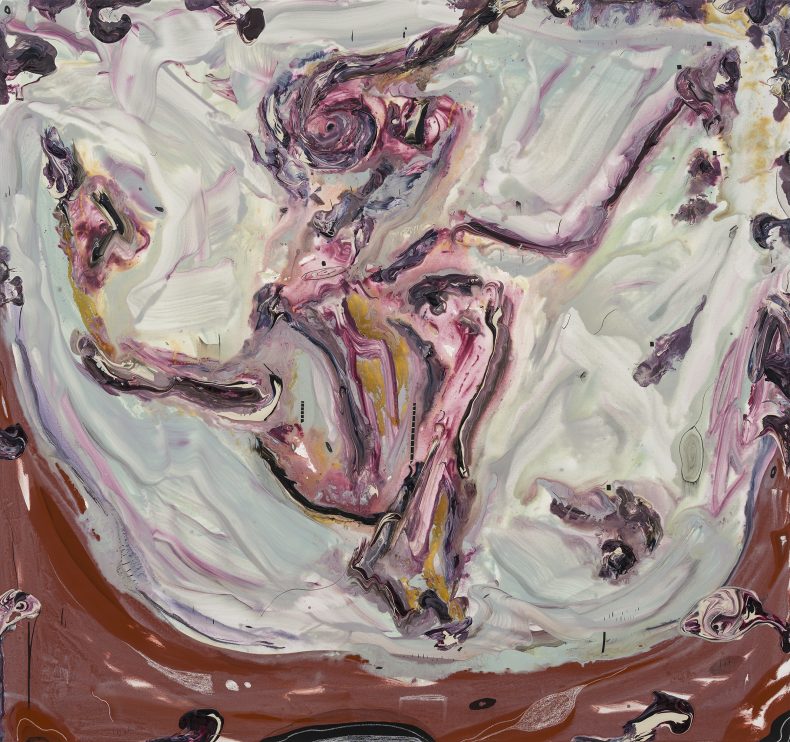
Anatomy (2024), Manuel Mathieu. Courtesy the artist and Pilar Corrias, London
Do you have a specific studio routine?
Sometimes I don’t go to my ceramics studio for months; I only go when I’m working on a project or exploring something. But I go to my painting studio every day. If I’m there to think or to reflect, I will usually undress [and get changed] as soon as I arrive; I sit down, I have some tea, and I look at my work. A lot of my time is spent observing my paintings. I examine and interrogate whatever it is that I’m looking at, or I look at some of the images in my archives and see what it is I’m going to be working on.
Tea is really an important ritual for me. Tea is very humbling: it’s hot water and leaves. But as simple as it sounds, there are so many different kinds. I have about 25 different teas in the studio at the moment. So the two constants in my routine are observation and tea.
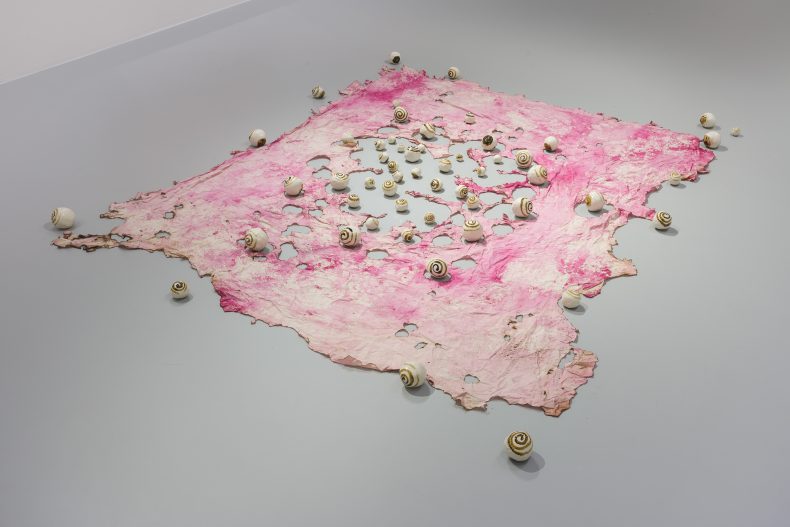
Portal (2021), Manuel Mathieu. Courtesy the artist and Pilar Corrias, London
What’s the most unusual object in your studio?
I’m surrounded by objects, whether it’s little sculptures or pieces of wood that I’ve found. I’m a bit of an animist: there are a lot of objects whose reason for being there might not be immediately apparent, but I might have a personal connection with them, or they have an aesthetic quality that I’m interested in. They’re just things that resonate with me.
I was very poor while I was studying at Goldsmiths. I used to go to this Chinese restaurant, Uncle Wrinkle, which was right in front of the campus. I didn’t do ceramics at the time. One day, Sue, the lady who would serve us food, took me to the back of the restaurant and showed me her pottery. She had made some teacups. I didn’t have a lot of money but I wanted to support her, and they looked beautiful, so I bought two or three. One of them I really liked; I carried it from studio to studio.
One day, this teacup broke, God knows how. I found a place in Quebec where I could repair it using the Japanese technique of kintsugi, gluing together the broken parts with golden lacquer. I keep it with me to this day.
So yeah, there are a lot of strange little objects in the studio. They create texture: as my eyes go from one object to another, they feed my imagination continuously. That’s why they’re sometimes unusual.
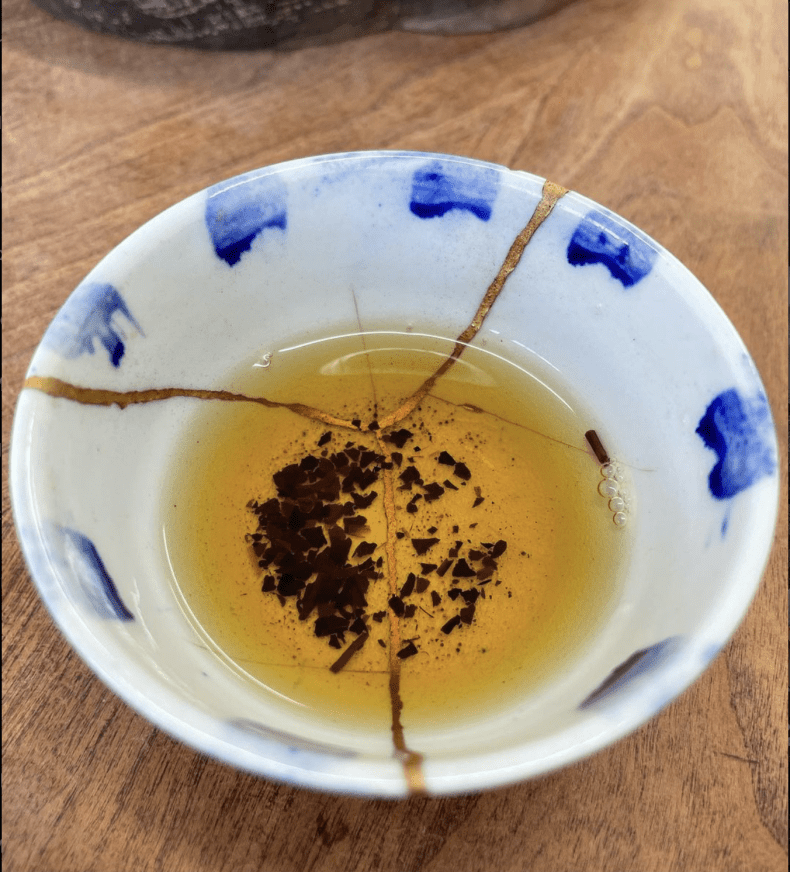
Manuel Mathieu’s broken teacup, which he fixed using the kintsugi technique. Courtesy the artist
What is your most well-thumbed book?
There’s this book of drawings by the German artist Wols that I love a lot. I also treasure books of drawings by Lee Bontecou, who was a genius, and by the architect Claude Parent. It’s strange that all these books are about drawing, but it’s so fascinating. I revisit them regularly – they’re so sensitive, insightful and delicate. Some books you can speed through, but these ones really demand your attention and make you take a moment for yourself. The work is so layered. That’s what I’m gravitating to: I try to do something that has depth. I’m trying to make things that will accompany people in their lives.
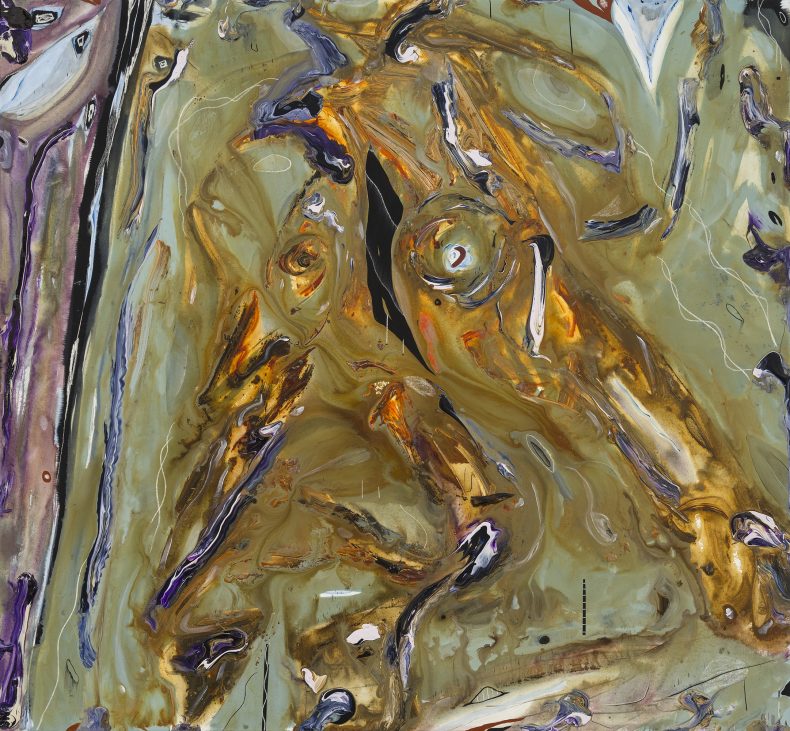
Within the Figure (2023), Manuel Mathieu. Courtesy the artist and Pilar Corrias, London
Who is the most interesting visitor you’ve ever had?
I made a new friend not too long ago. He’s a PhD student at McGill University, studying philosophy. He’s Chinese, and has a very particular perspective on things that you wouldn’t expect; his most recent visit was the most insightful I’ve had in a while. He’s also an artist, and he was talking about how making an artwork is like taking a shit. It’s a natural kind of thing once you’ve practised it enough. It made me think of butoh, a Japanese practice of dance and performance. The movement has to come naturally from you, like a baby coming out of a person. I made a short film called After We Have Eaten (2023), which features clips of Kazuo Ohno, one of the leading figures of butoh – it explores these kinds of ideas.
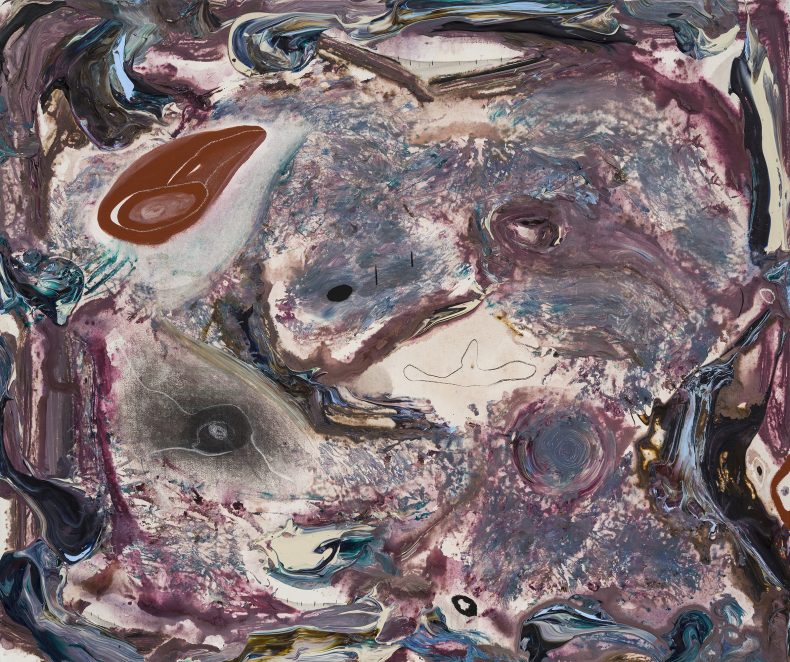
Omnipresence (2023), Manuel Mathieu. Courtesy the artist and Pilar Corrias, London
Who is your most frequent visitor?
I don’t have frequent visitors. Even if I like you – even if I love you – I don’t need to see you regularly. My most recurring contact is the unknown. It’s something I try to encounter regularly, or ask to visit me regularly. It keeps me on my toes, it humbles me, and it creates a space for discovery, which keeps me young.
‘Manuel Mathieu: The End of Figuration’ is at the De La Warr Pavilion in Bexhill-on-Sea from 17 February until 27 May.
Unlimited access from just $16 every 3 months
Subscribe to get unlimited and exclusive access to the top art stories, interviews and exhibition reviews.


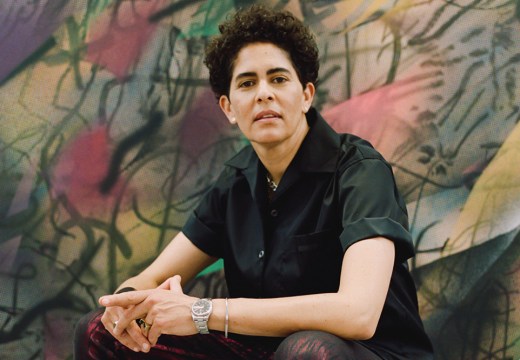
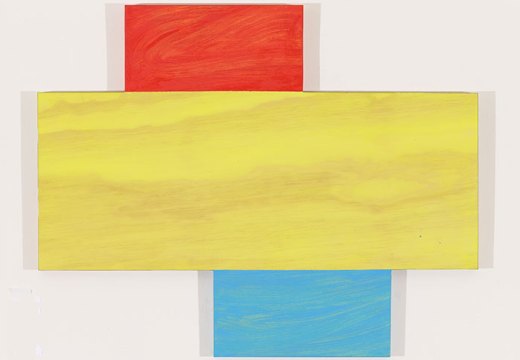
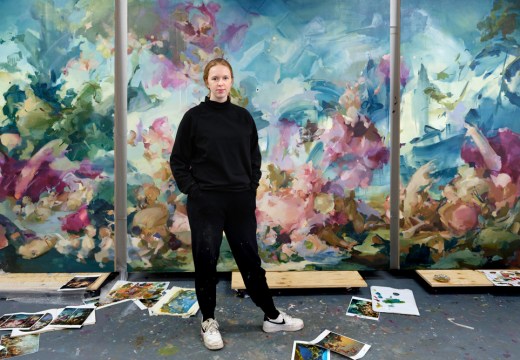









![Masterpiece [Re]discovery 2022. Photo: Ben Fisher Photography, courtesy of Masterpiece London](http://www.apollo-magazine.com/wp-content/uploads/2022/07/MPL2022_4263.jpg)
It’s time for the government of London to return to its rightful home